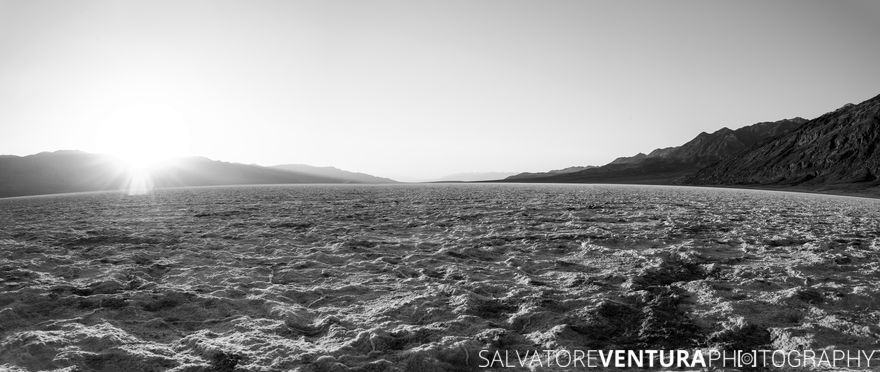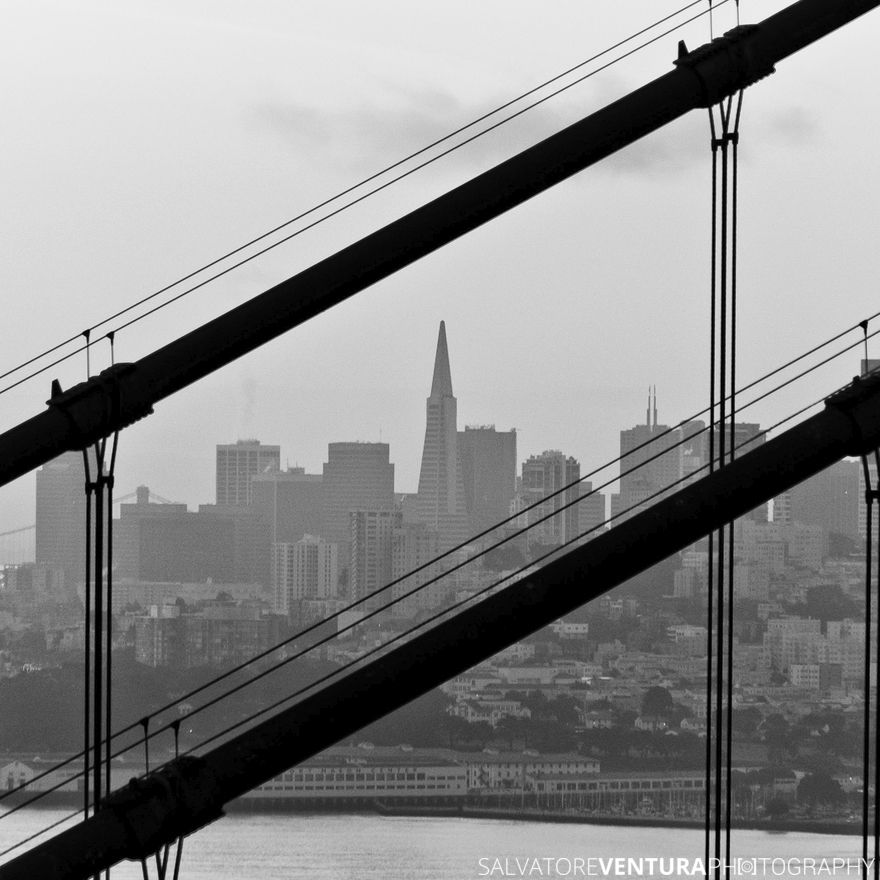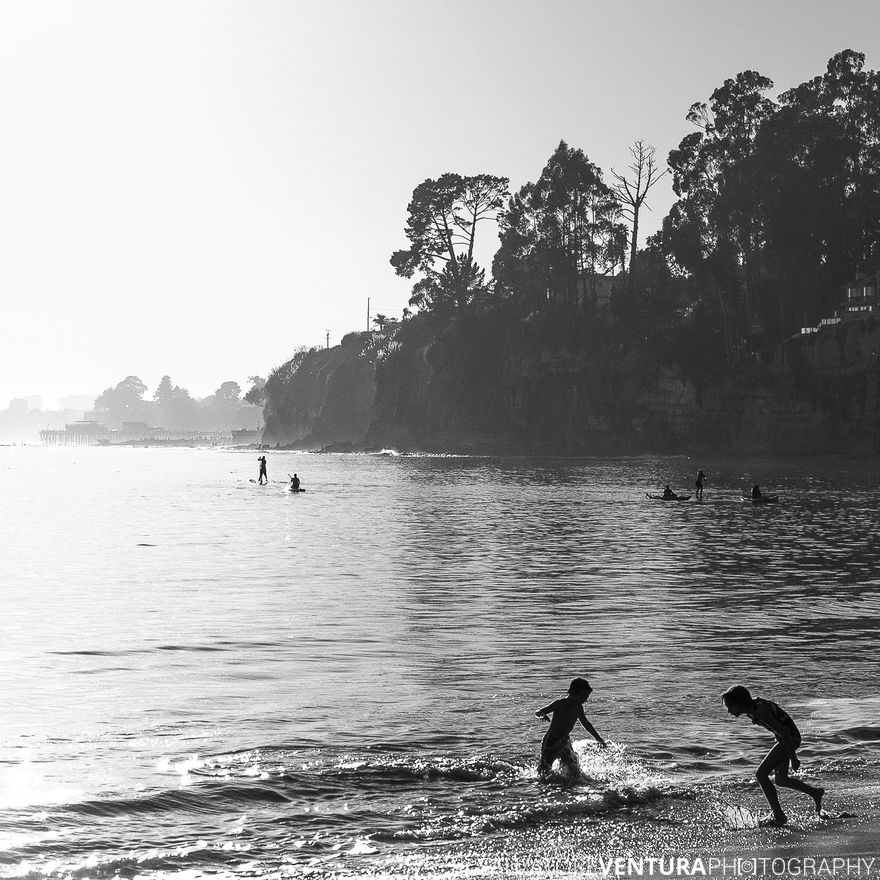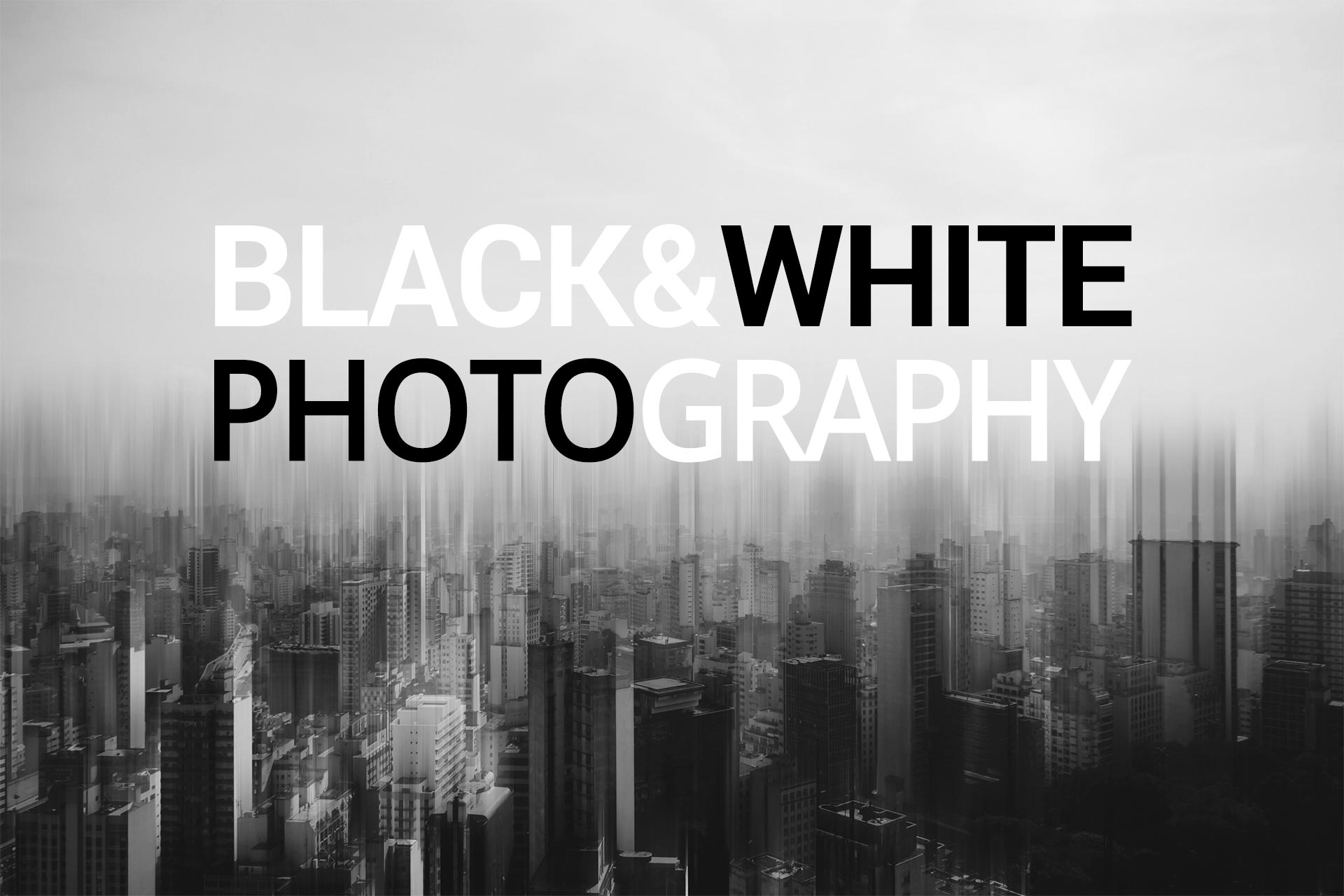Black and white photographs carry a sense of timeless, powerful fascination that transports the viewer into another dimension. Emotions seem stronger. Landscapes unfold greater depths. The simplest of objects becomes unexpectedly sexy. Let’s explore what makes black and white photography so different, and so powerful, and extract some guidelines that can help us in seeing the world in black and white.

Death Valley Salt Flats
Principles
Black and white photographs are not just desaturated color photographs. B&W strips everything to its fundamental building blocks of light and dark. Texture, patterns and contrast become the center of attention. Mood is defined not any more by the color tone but by gradients of gray or lack thereof. Color contrast may be nullified by B&W conversion, and vice versa, slight tone variations can become the feature of the image. In short, the world in black and white is very different from the world in colors, and that is probably one other reason why this type of photography acquires a very different allure.
Plan to shoot black and white
With that in mind, for the best results you need to plan to shoot black and white. You will be looking for contrast, tone, shadow, shape, and texture. Focus on simple shapes and use contrast between light and dark. Look for negative space, that is, space that has little to nothing when seen in B&W: a snow field, a large wall, a concrete slab captured from above. Capture symmetry.
The urban space
Urban scenes are good candidates for B&W, as buildings, streets, people, rails etc create a rich texture that can be leveraged. Also, look for leading lines.

San Francisco
Go abstract
Patterns and repetitions are a great subject for B&W. Search among building facades, balconies, rails and their projected shadows. Keep in mind that different times of the day produce different shadow patterns.
Long exposures
Black and white landscape photographs can greatly benefit from long exposures, especially with water. Dilute water or clouds motion, and by contrast reinforce the few static objects in the scene, for an ethereal flow.
People
Pictures of people, portraits in particular, are another favorite of B&W photographers. The lack of color eliminates distractions, and boosts the connection to facial expressions, body posture. The connection to the person in the portrait becomes deeper, and starts with the eyes. If you are photographing, take extra care of exposing and focusing on the eyes correctly.

A day at the end of summer
Tools for black and white photography
If you are shooting in digital format, you must shoot in RAW: this will give you the ability for flawless B&W conversion and the most control in the process. If you use film, then you will need to use filters.
Try out HDR: it might help in some cases to extract more from the scene
Dodge and burn in post-production will help you focus the attention where you want it. It’s been done for ages by the great masters (Ansel Adams for example), so don’t feel bad about it.
Conclusion
Not every image can be successfully converted into black and white. Black and white photography requires its own mindset and preparation. A trained eye will be able to better pick the scene, location, time and subject for the greatest success. Until then, we are all bound to shoot more, learn from the mistakes and overall enjoy the process.
If you liked this article, consider sharing it with your friends and use the referral links included when proceeding to a purchase. It helps me a lot, and does not cost you a dime.
Here are few book recommendations.
By using my links to buy/browse gear, you’re supporting my photography and articles.
Credits
- Feature photo by Rafael De Nadai on Unsplash









